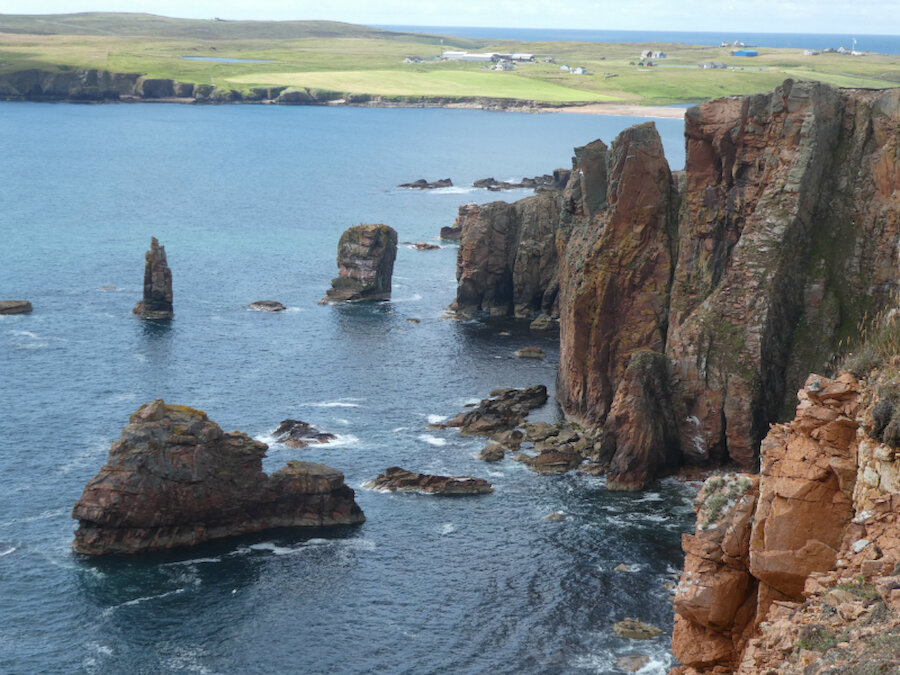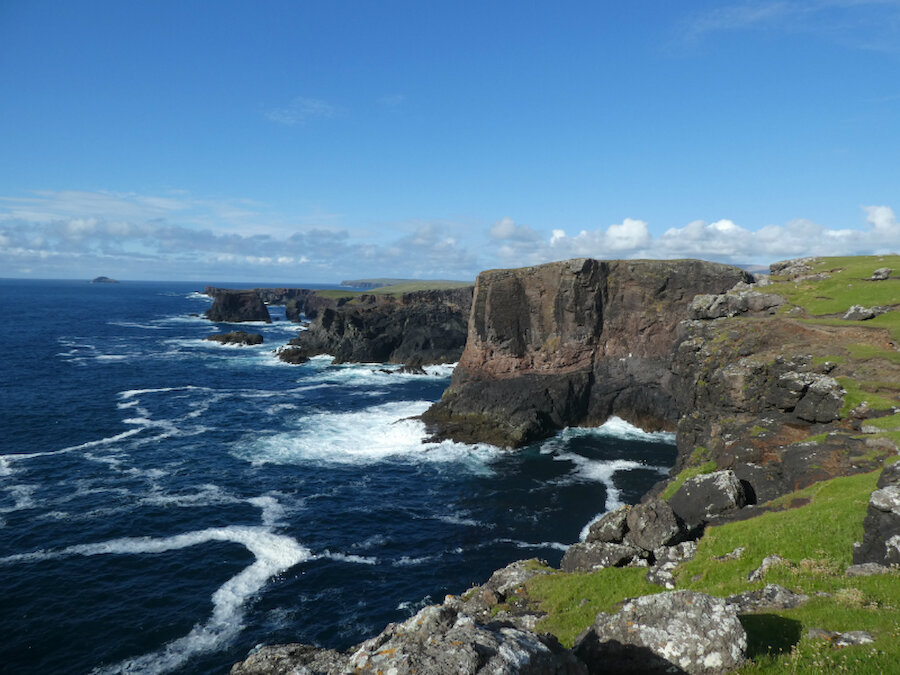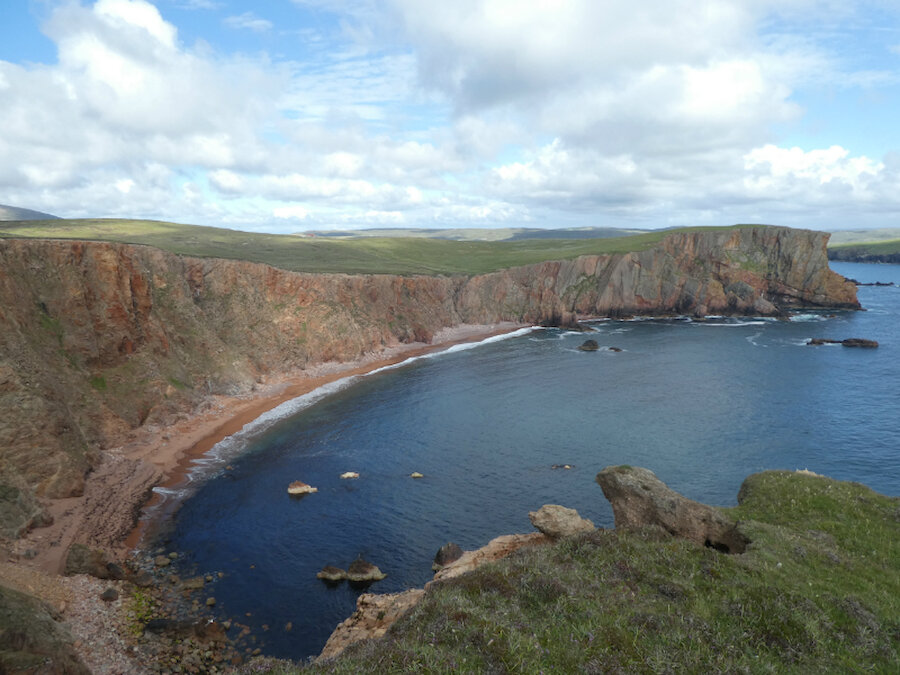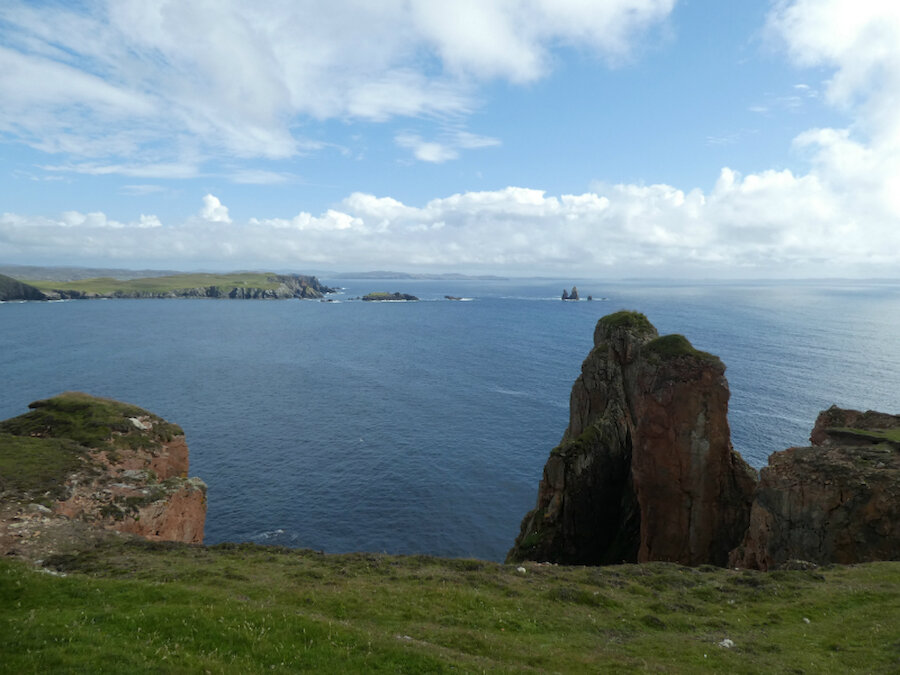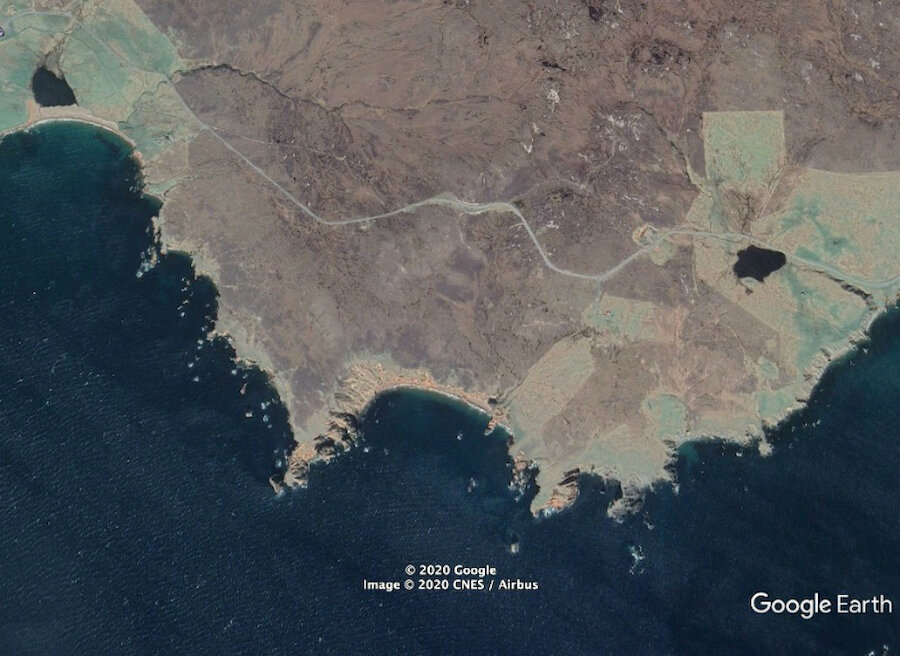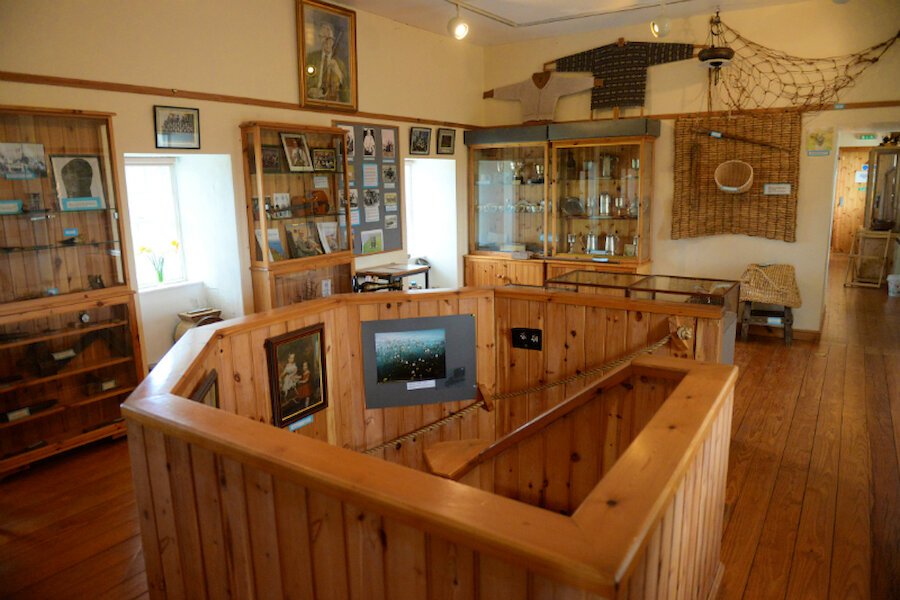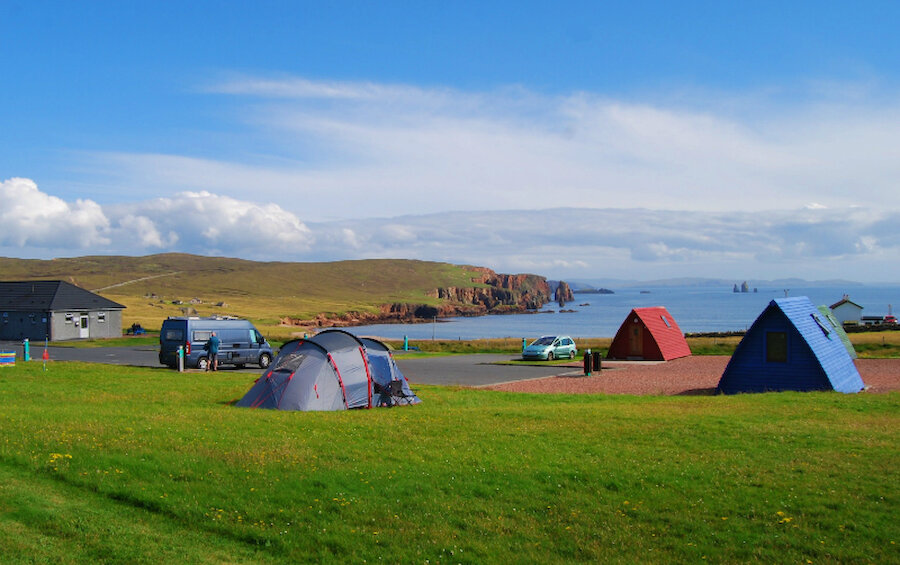Every part of Shetland has much to offer, but there are a few places that any local will always want visitors to see. Our lists vary, but mine would include, from north to south, Unst (apart from having the most northerly example of everything, beautiful and with a very visible Viking past); Eshaness (those cliffs, and the walks above them); Weisdale and the westside (wonderful views, intriguing archaeology and mini-forests); and the south mainland, with the spectacles of St Ninian’s Isle, Sumburgh Head and lots more archaeology, some of it among the most impressive in the UK.
However, there’s so much more, and it’s all too easy to overlook many more delights on our doorstep.

